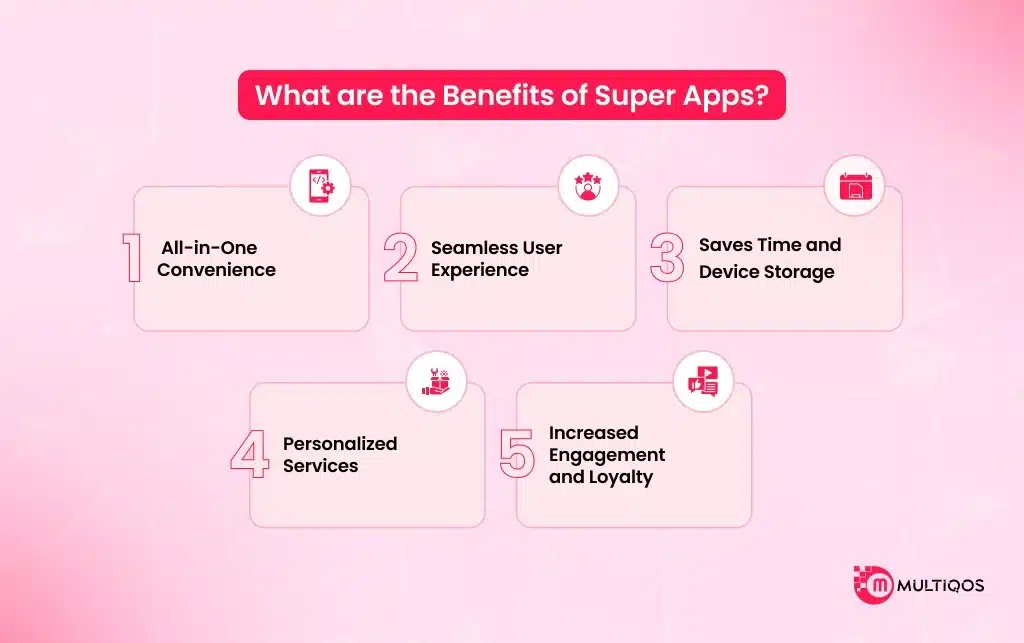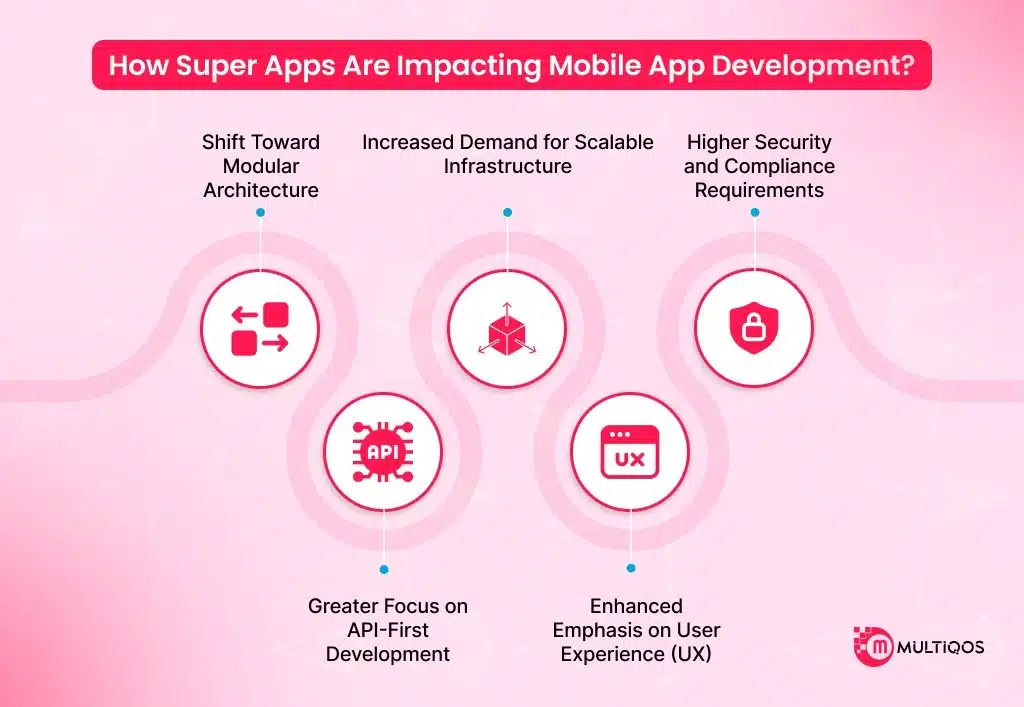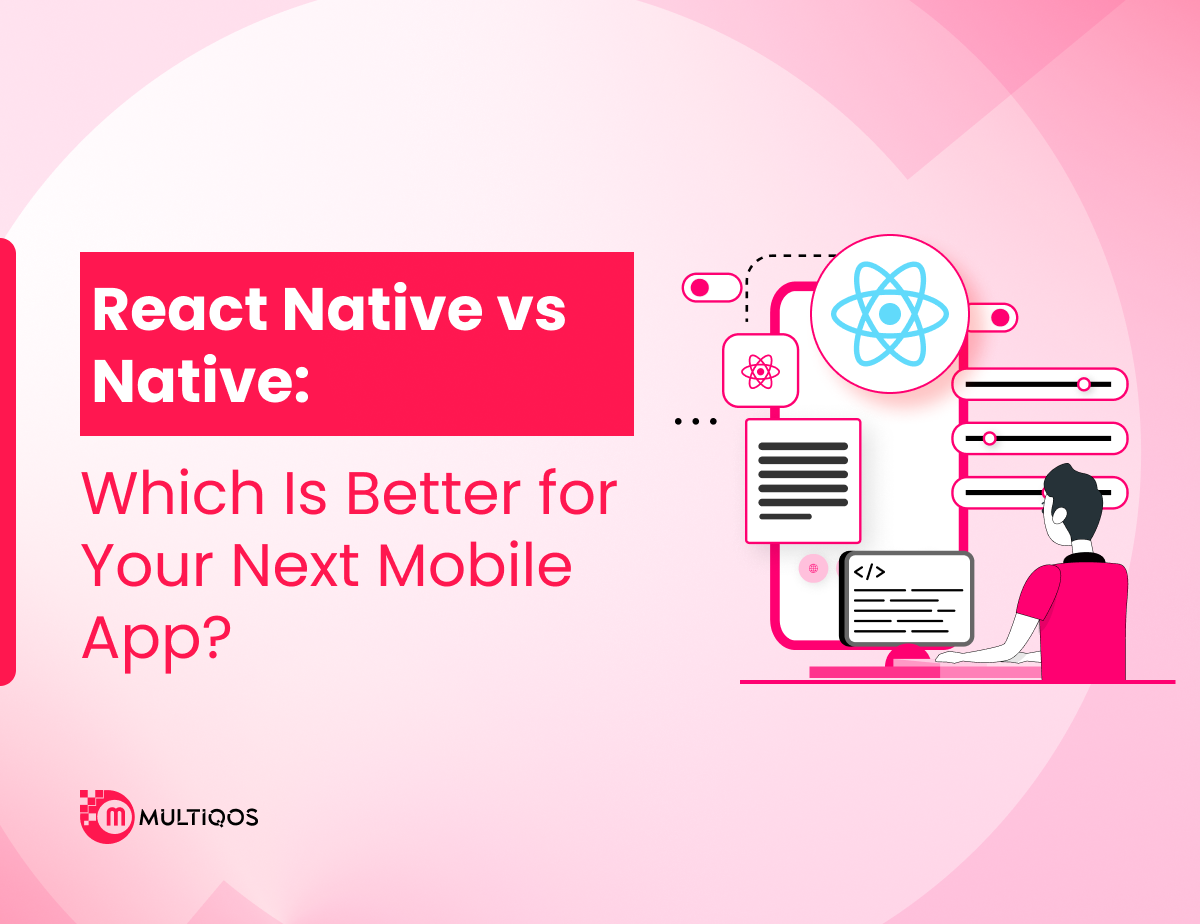The Rise of Super Apps: What They Are and Why They Matter

Summary:
The rise of super apps marks a major shift in how digital services are delivered and consumed. These all-in-one platforms combine multiple functions—such as messaging, payments, shopping, and more—into a single, seamless user experience.
In this blog, we dive into what super apps are, why they’re gaining rapid adoption across global markets, and how the rise of super apps is influencing user behavior, business strategies, and the future of app development. Whether you’re a tech enthusiast or a business leader, understanding this trend is key to staying ahead in the digital economy.
Introduction
The rise of super apps has altered how people use digital services in the last couple of years. Instead of having distinct apps for different services, such as shopping and messaging, customers prefer to use single, sophisticated applications, which cover everything from texting to transport services. This shift is changing the paradigm of mobile app development as companies are now required to think about holistic user experience design.
The expectation for an easy-to-use, comprehensive service will only increase with time. Based on current trends, mobile technology will soon be dominated by super apps. In this blog, we will discuss the definition of super apps, the reasons behind their adoption worldwide, and their impact on consumer perception, along with foundational development insights.
What are Super Apps?
Super applications are complex systems that amalgamate different services into one mobile app. Users no longer need separate apps for messaging, making payments, shopping, ordering food, or even transportation, as everything can be accessed on one platform. Such an approach not only removes redundancy but also improves the user experience. Super apps are modular and often enable external developers to incorporate plugins, adding to the ecosystem.
Super apps were developed in response to the need for improved convenience and efficiency in the mobile-first world. Users’ reliance on smartphones for day-to-day tasks makes the ability to manage everything from communication to commerce in one app highly convenient. From the standpoint of businesses, super apps offer new ways to maximize revenue and deepen user engagement. The rise of super apps across the globe is altering mobile app development about scalability, user experience, integration, overall digitization, and systematization.
What are the Benefits of Super Apps?
1. All-in-One Convenience
With super apps, food delivery, transport, messaging, shopping, paying, and many more services can be accessed from a mobile phone platform. These make it easier for everyone to manage their daily work without much hassle.
2. Seamless User Experience
Super apps have a streamlined and cohesive design with a uniform user interface that provides a seamless experience. Users can effortlessly and smoothly switch between features and multitask without any complications.
3. Saves Time and Device Storage
Having multiple standalone applications is time-consuming because users have to search, download, and update each application separately. With a single super app, all of these apps are combined into one, leaving plenty of storage space, improving device performance, and conserving device memory.
4. Personalized Services
Super apps enable businesses to collect and analyze user-level data from numerous interaction points, which facilitates the furnishing of personalized content, services, and recommendations. Delivering such relevance enhances the customer experience and helps to retain users in the application.
5. Increased Engagement and Loyalty
Users can switch between applications with greater velocity, as their central needs are catered to at the same super app. With everything in one place, users are more likely to forge app relationships, which will improve their lifestyle. In return, businesses also build better and stronger user habits, improve retention, foster loyalty, and in the end, benefit significantly.
How Super Apps Are Impacting Mobile App Development?
As super apps emerge, they are changing the design and expansion of mobile platforms tremendously. Below are five major changes that super apps are making today in mobile app development:
1. Shift Toward Modular Architecture
Super applications demand multi-function capabilities, which require a more modular structure that can support various mini-apps. Now, developers are switching to modular and microservices-based architectures, which enable building, testing, and deploying components without having to use the entire app. This independence also allows for easier scaling and updating of certain components.
2. Greater Focus on API-First Development
Super apps require an API-first approach for integrating with third-party services and mini-apps. An API from a super app ecosystem needs to be customizable and secure, with clear and complete documentation. This improves collaboration and innovation because other teams or even outside partners can easily integrate with the super app’s capabilities.
3. Increased Demand for Scalable Infrastructure
Super apps usually manage thousands of users and complicated interrelations among different services, all at the same time. To achieve performance, reliability, and uptime, developers need to implement cloud-native architectures, scalable data storage systems, and real-time information processing frameworks.
4. Enhanced Emphasis on User Experience (UX)
Having several services offered in one place proves to be useful. As a result, maintaining sensors and a streamlined user experience is necessary. The mobile application developers work to optimize user engagement as well as keep user retention high by designing fluid movement through the different sections of the application, as well as maintaining a shared design across the entire application.
5. Higher Security and Compliance Requirements
Super apps oversee sensitive information spanning financial transactions, personal communication, and user preferences. Comprehensive user data security across all super app features and services requires strong security protocols, data encryption, and adherence to regulations such as GDPR and CCPA.
What is the Future of Super Apps?
The prospects of super apps are set for worldwide growth as consumers require an integrated, one-stop digital super app experience. Super apps first emerged in Asia, but adoption is now spreading to other regions as the advantages of centralized services become clear.
The integration of super apps with technologies such as AI, machine learning, and cloud infrastructure will make them quite intelligent, offering hyper-personalized predictions, advanced automation, and unparalleled services. Such developments will increase user command and satisfaction, which will make super apps more dominant in the digital economy.
For businesses, the rise of super apps provides new chances to expand offerings, penetrate new geographies, and increase sales. Businesses that fully adapt or merge with super app models stand to benefit greatly from this shift. On the flip side, issues such as antitrust regulation, data protection, and strong security and flexible system structure will be landmarks in the landscape. To keep the edge, firms must focus on investment in talented personnel, well-built systems, and smart mobility strategies.
Wrapping Up
The rise of super apps isn’t simply a pattern — it’s a new development in the construction, provision, and consumption of service ecosystems. With users demanding more convenience and personalization blended with smooth operation, businesses have to shift towards more defined and holistic mobile frameworks.
For organizations hoping to remain relevant in this fast-changing world, knowing the strategy and architecture logic of super apps is very important. If you need such an advanced and extensive platform, it is time to hire mobile app developers who specialize in creating scalable and intuitive apps.
FAQs
The term super app is defined as a mobile service platform that consolidates numerous services such as messaging, payments, shopping, transport, and several others into a single cohesive application. Without the need to toggle between multiple apps, users are able to accomplish numerous tasks which quickens and enhances their digital interactions.
The rise of super apps has increased the demand for convenience, efficiency, and seamless digital experiences. Amid rising mobile usage, people prefer multi-service providing platforms. Furthermore, businesses regard super apps as one of the optimum ways to increase user engagement, along with retention.
Mobile application development is being transformed by the rise of super apps, which motivate developers to create modular and scalable platforms with a wide range of features. Such an undertaking is known as super-augmenting and requires more advanced architecture, tighter integration, and a blend of seamless enclosure navigable by a single UI designed for intricate user paths.
It may be time to soar your business higher if you aim to add more to its multi-layered digital ecosystem, such as offering other services. Super apps serve as an advanced multipurpose tool, and can be extremely useful, but the preemptive strategy of step-by-step market vetting, meticulous geometry, and extensive technical knowledge is crucial before the initiation. You need to employ mobile app developers who specialize in construction for enduring results to make sure that the platform you are providing can be continuously restructured and expanded.
The rise of super apps is especially useful for industries that have a lot of services or customer contact points. They are more common in fintech, e-commerce, transport, healthcare, travel, and lifestyle industries. Companies can merge all these services into one app, improving the user journey, interaction, and cross-selling opportunities.
Get In Touch








